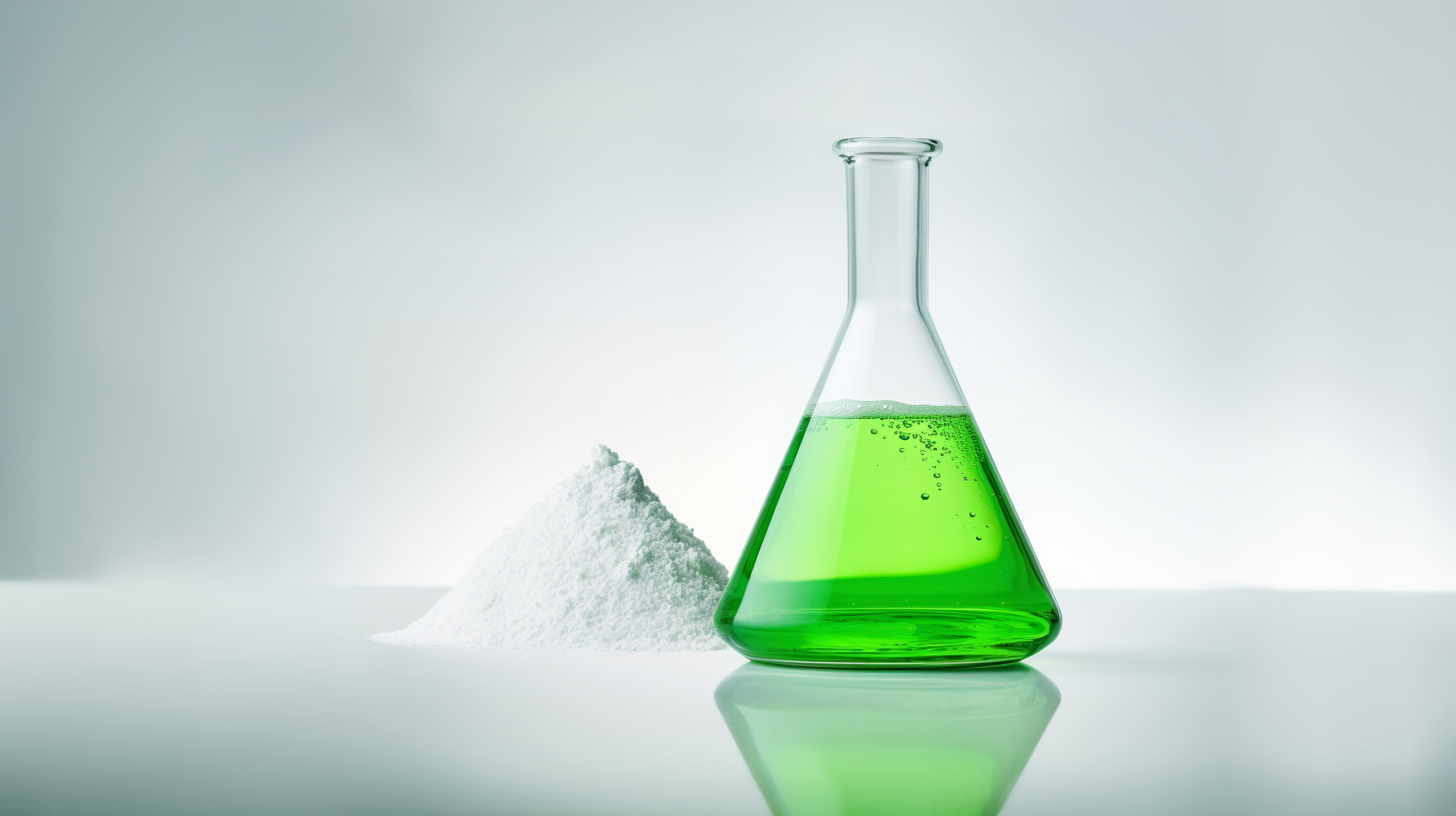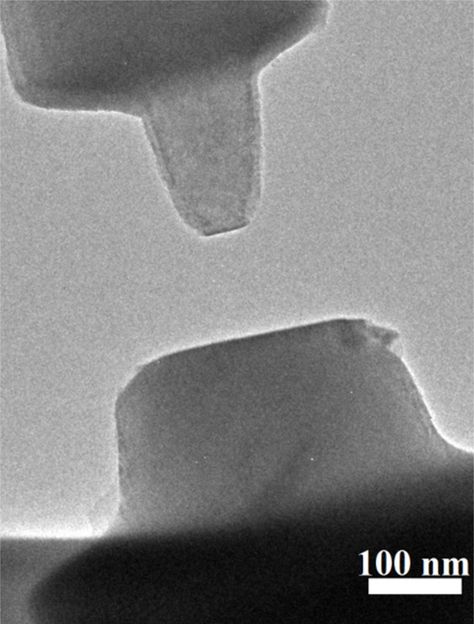Lithium from the coal in China
Extracting lithium metal from Chinese coal
Coal from China could become a major source of the metal lithium, according to a review of the geochemistry by scientists published in the International Journal of Oil, Gas and Coal Technology.
Lithium is an essential component of rechargeable batteries used almost ubiquitously in mobile gadgets such as phones, laptops, tablet computers and in many electric vehicles. Worldwide annual consumption of this metal grew from 15100 tonnes in 2003 to 37000 tonnes by 2012, a 145 percent increase and demand is expected to rise even further as we move more towards sustainable power and electrical storage capacity increases.
Shenjun Qin of Hebei University of Engineering, in Handan, China, and colleagues point out that coal is a highly polluting energy source that is still widely used for electricity generation and other applications. They suggest that the recovery of valuable rare metals from coals or coal-processing byproducts could be a promising way to make the inevitable long-term use of this fossil fuel resource more economic, efficient and cleaner. Indeed, the extraction of lithium from coal would offer an ironic twist to its continued use.
The team explains that lithium has been found dispersed and even anomalously enriched in coal deposits, and is potentially extractable. They explain that two analytical techniques inductively coupled plasma mass spectrometry (ICP-MS) and inductively coupled plasma as an excitation source (ICP-AES) are widely used for assaying the chemical elements in coal and coal ash and either of these techniques could be used widely to optimize sources for lithium, or any given metal, for subsequent extraction.
The team has also reviewed two techniques for lithium extraction. The first, a patented technology for extracting both lithium and aluminum metals from coal ash involves sulfur sintering the ash and acid leaching the metal from the solution to obtain lithium carbonate in a yield of 95.6 percent, actually recovery of the metal is 60 percent. The second approach, alkali sintering avoids the need for the sulfur step but has a lower yield at 85.3 percent and a recovery of 55 percent.
"Although the investigation into lithium recovery from coal ash is still at a laboratory scale," the team reports. "This progress will promote the green and efficient application of coals and would benefit to the lithium-demanding industry."
Original publication
Qin, S., Zhao, C., Li, Y. and Zhang, Y. (2015) 'Review of coal as a promising source of lithium', Int. J. Oil, Gas and Coal Technology, Vol. 9, No. 2, pp.215-229.
Original publication
Qin, S., Zhao, C., Li, Y. and Zhang, Y. (2015) 'Review of coal as a promising source of lithium', Int. J. Oil, Gas and Coal Technology, Vol. 9, No. 2, pp.215-229.
Organizations
Other news from the department science

Get the chemical industry in your inbox
By submitting this form you agree that LUMITOS AG will send you the newsletter(s) selected above by email. Your data will not be passed on to third parties. Your data will be stored and processed in accordance with our data protection regulations. LUMITOS may contact you by email for the purpose of advertising or market and opinion surveys. You can revoke your consent at any time without giving reasons to LUMITOS AG, Ernst-Augustin-Str. 2, 12489 Berlin, Germany or by e-mail at revoke@lumitos.com with effect for the future. In addition, each email contains a link to unsubscribe from the corresponding newsletter.
Most read news
More news from our other portals
See the theme worlds for related content
Topic world Extraction
Extraction is a fundamental process in the chemical laboratory that enables specific components to be isolated and concentrated from a mixture. Whether it's extracting active ingredients from natural products, removing impurities from synthesis products, or preparing analytical samples, extraction is a key step in achieving precise and efficient results in chemical research and analysis.

Topic world Extraction
Extraction is a fundamental process in the chemical laboratory that enables specific components to be isolated and concentrated from a mixture. Whether it's extracting active ingredients from natural products, removing impurities from synthesis products, or preparing analytical samples, extraction is a key step in achieving precise and efficient results in chemical research and analysis.
Topic World Mass Spectrometry
Mass spectrometry enables us to detect and identify molecules and reveal their structure. Whether in chemistry, biochemistry or forensics - mass spectrometry opens up unexpected insights into the composition of our world. Immerse yourself in the fascinating world of mass spectrometry!

Topic World Mass Spectrometry
Mass spectrometry enables us to detect and identify molecules and reveal their structure. Whether in chemistry, biochemistry or forensics - mass spectrometry opens up unexpected insights into the composition of our world. Immerse yourself in the fascinating world of mass spectrometry!
Last viewed contents
Astron_Ltd
Researchers 'watch' crystal structure change in real time
Eugene_Concrete
HLA-Cw*16
Sung_Shin
OLCO_Petroleum_Group

Forces that align crystals and help them snap together measured




























































